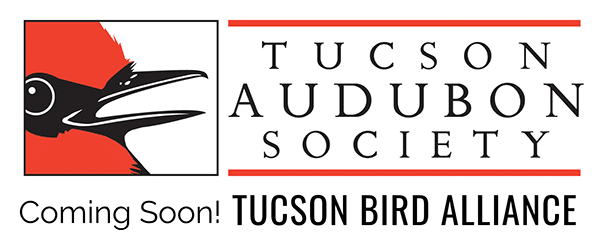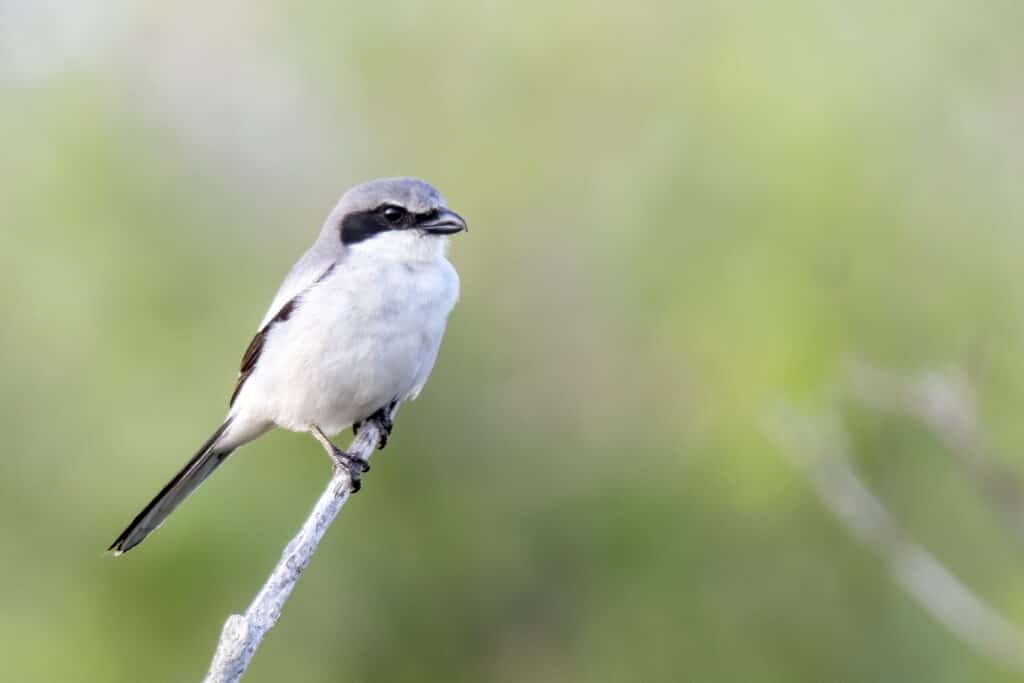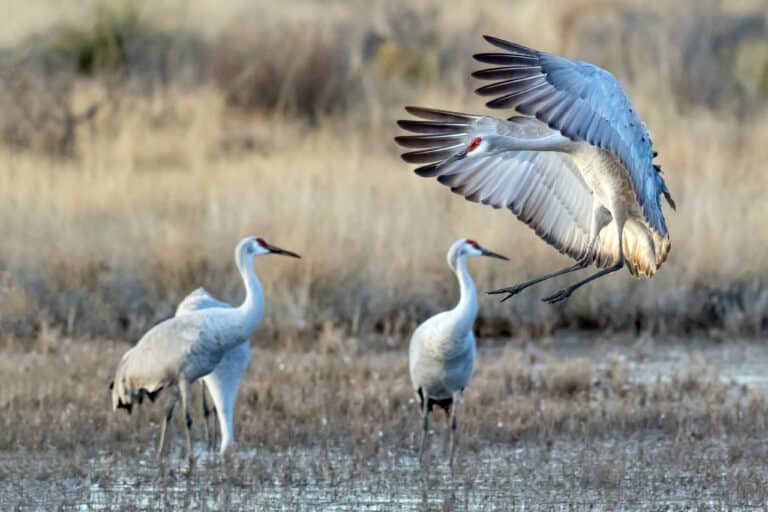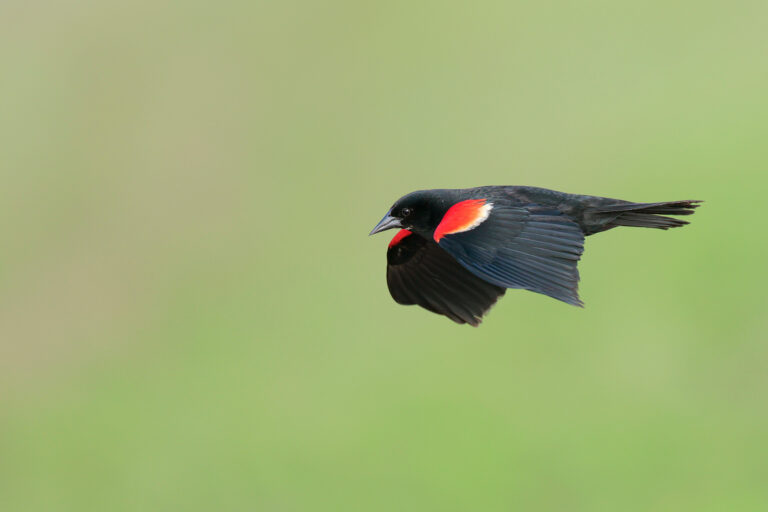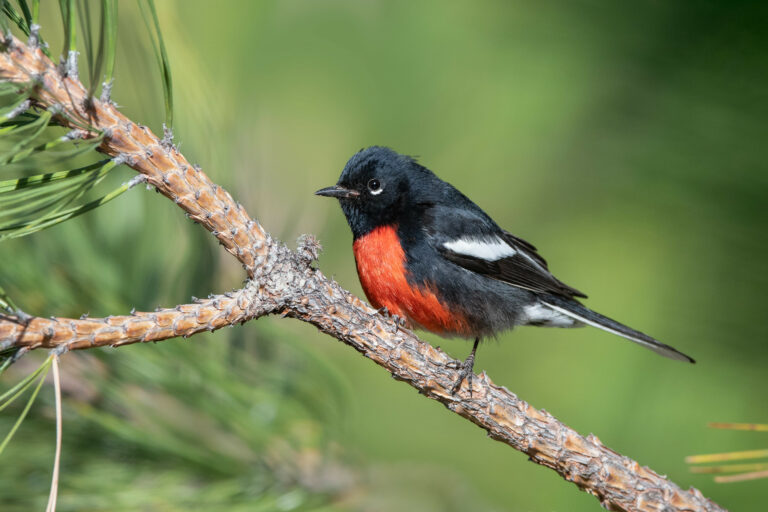I’m starting the new year off with my favorite local bird, the Loggerhead Shrike. This intriguing species endeared itself to me after I witnessed its cunning hunting smarts during a small mammal trapping field job on Fort Huachuca. Shrikes would wait in hiding until we released mice from traps and then swoop down with their characteristic straight-line, low flight and take our subjects! We quickly learned to keep an eye out for them.
I also quickly learned that there are many more reasons to be fascinated by these passerine raptors with the “blockhead” for which they are named. Loggerhead Shrikes are top-level predators, and like falcons, they attack prey (that can be as large as themselves!) with a strike to the nape, using the tomial “teeth” on the upper edge of their bills. Although shrikes can hunt like raptors, they can’t use their relatively small, weak feet to eat large prey like raptors. They have developed the unique behavioral adaptation of impaling their prey on sharp projections such as thorns and barbed wire to make feeding easier and as storage for future use or to attract a mate. These somewhat macabre acts and the fact that they feed on a whole host of prey items (insects, birds, snakes, lizards, and small mammals) give shrikes their nickname of “butcherbird” and “abattoir” for a group of shrikes. Loggerhead Shrikes have been known to wait up to three days to consume monarch butterflies and narrow-mouthed toads—the time it takes for the poisons to break down.
Loggerhead Shrikes are also strikingly cool-looking birds, a sort of Northern Mockingbird who’s joined a motorcycle gang, right down to the white wing patches. Of course, they sound cool too, making a bunch of sweet warbles and whistles and then laying down some pretty harsh scolding calls. The sad news is that this species has had a 76% population decline since 1966, most likely caused by chemical pesticides, urban development, and livestock grazing. The good news is that shrikes have a high reproductive rate and populations could quickly rebound if the negative factors are mitigated or removed.
Your chances of seeing Loggerhead Shrikes may be greater in winter as birds from the northern part of their range move into Southeast Arizona to open grassland areas like San Rafael Valley, Las Cienegas, Willcox, and in the ag fields of the Santa Cruz Flats.
